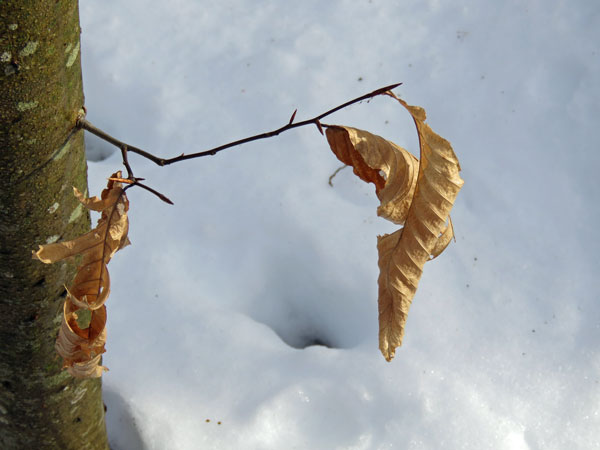
Waterford, Connecticut
Last weekend I went with Tim to the Connecticut MG Club’s ‘British by the Sea’ Gathering. I liked the blue MGB GT (above), the color, knowing nothing of cars… Tim, however, was hoping to see a Triumph Herald, his first set of wheels, but came away disappointed.

He did enjoy looking at the 1947 MG (above). I couldn’t help wondering if he has a thing for red vehicles from 1947! (Take a peek at the 1947 Ford Pickup he was admiring a couple of months ago in this post: with fields of lavender)

This tiny Wolseley Hornet Mk III (above) caught Tim’s eye because he said he had never heard of Wolseley Motors before…

I was amused by the sticker placed on one of its windows, indicating the auto was actually its actual size. 🤣

The above buggy was made in 1937 and had only three wheels.
After we browsed for a while I noticed some flowers peeping over the hedge surrounding the nearby cutting garden. We took a little detour to get a few end-of-summer snapshots!



Back at home…

… on Monday I started and finished the above 300-piece puzzle in one afternoon. With all the practice I’ve been getting during the pandemic it seems I’m getting faster and am developing a marked preference for Charles Wysocki jigsaw puzzles.
On Wednesday the remnants of Hurricane Ida arrived, and by the time she left Thursday morning, had dumped 5 inches of rain on us. When I looked out the window early Wednesday afternoon I spotted a mourning dove hunkering down for the storm in one of the arborvitaes.



Each time I looked over the next several hours he was still sitting there in the same place and position. Finally, just before dark, he was gone. We heard some thunder rumbling in the night but thankfully no tornadoes or flash flooding in our neck of the woods.


























